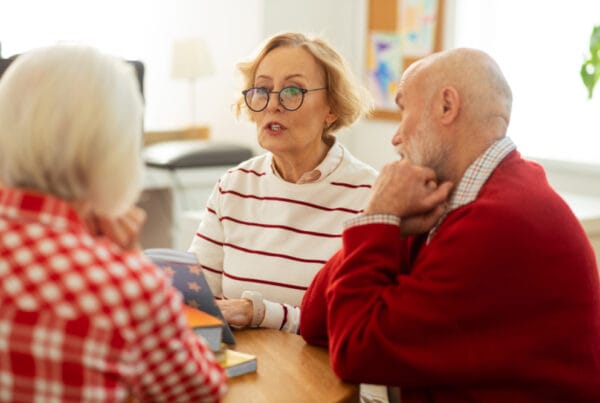I work part time as an Operational Paramedic & Clinical Advisor for an NHS Ambulance Trust, I’m also a Freelance Clinical Trainer for a number of training providers including ECG. With most face to face training postponed due to the Covid-19 outbreak, I’m now back working solely on the NHS frontline.
The ambulance frontline is a kind of surreal place to be right now. The media is filled with images of an overwhelmed NHS with very sick people lying on trolleys in hospital corridors, for the moment at least though the reality appears somewhat different around here. A&E departments in my local area are actually much quieter than usual and their waiting rooms are often virtually empty. Ironically it would seem that people are just too scared about becoming ill to go to hospital! The trickle of very poorly patients with Covid symptoms is becoming steadier by the day though, and from what I’ve learned from my colleagues in the London area, I can’t help thinking that this is just the proverbial “calm before the storm”.
Demand upon the ambulance service remains high. Many people are calling because they are concerned that they or their loved ones have the virus, for us to come and “check them over”, or because they think that we will be able to test them in their homes. Fortunately ambulance call centres and the 111 service are doing a really good job of filtering out many of these calls and reassuring people to just stay at home and to watch & wait.
As a Paramedic I’ve always tried to alleviate pressure on A&E departments where ever I can by encouraging low acuity patients to use “alternative care pathways”, such as their GP, Pharmacist, or specialist primary care/community services. For the more complex cases though then the default position has always been to offer them a trip to A&E, “if in doubt take them in” is the fail-safe phrase that we as a profession have always seemed to rely upon. The rules of the game have suddenly changed though, in the current climate we now have to consider that the A&E department probably isn’t the safest option for many of our patients anymore. The elderly, frail and those with multiple comorbidities or chronic conditions are now at significant risk just by leaving their homes. So as hospitals fill with Covid patients, that precautionary trip to hospital “just to be on the safe side” could now conceivably end up being the last trip that a vulnerable patient ever makes! The low risk “safety net” option of the A&E department has now suddenly become a high risk last resort and I find myself struggling to weigh up which care option is actually the safest option for patients with some very complex health needs.
It’s not all doom and gloom though, this crisis has certainly brought out the best in some people.
Suddenly I see people keeping more of an eye on the elderly & vulnerable in their communities, with concerned neighbours coming out to help when they see the ambulance turning up next door. Strangers are stopping us in the street to tell us what an amazing job we’re doing and ambulance stations are filled with food parcels and donations from grateful members of the general public who just want to say thank you to the NHS. A sense of community seems to be returning to our modern society and from what I can see the “Dunkirk Spirit” is alive & well.
Stay in, Stay safe & we’ll get through this.
Written by Dave McClagish (ECG, Freelance Trainer & Operational Paramedic & Clinical Advisor), Thursday 9th April 2020
You can follow ECG Training at: https://twitter.com/ECG_MK




